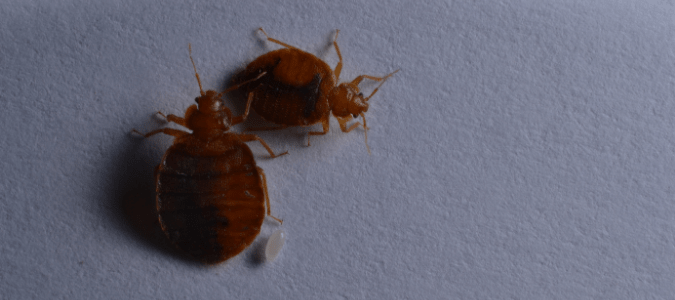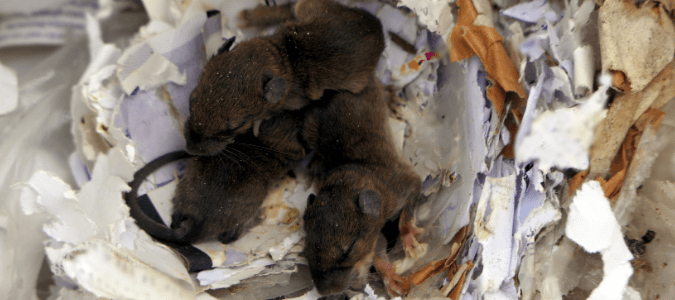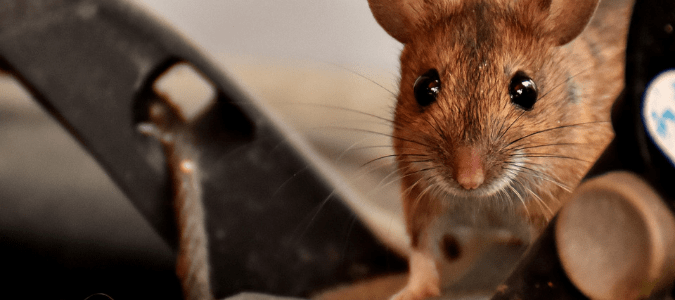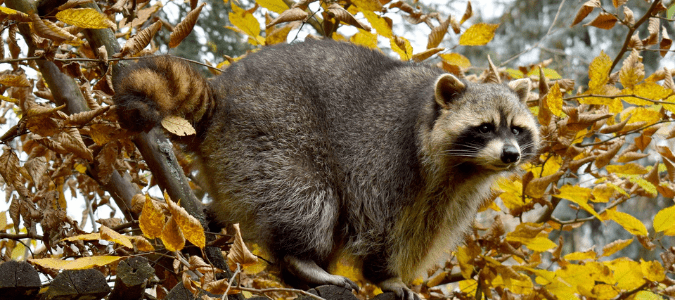What Can I Do About Cockroaches in My Kitchen?

It’s late evening and you’re feeling hungry. You head to the kitchen for a snack and flip on the light. Then, your heart starts hammering as cockroaches scatter to the nearest hiding spots. Finding cockroaches in the kitchen is annoying, not to mention disgusting and upsetting. After all, this could mean you have a roach infestation you didn’t know about. Roaches often infest kitchens because these rooms have everything cockroaches need to survive. This includes water, food and plenty of places to hide.
If you find cockroaches in your kitchen, it’s time to do something to keep these pests away. How you address the problem depends partly on which type of cockroach you find. Depending on the type, you may or may not have an infestation. Let’s learn more about the types of cockroaches most commonly found in American homes.
Identifying the Cockroach Species in Your Home
Finding one of the bigger types … Read Full Post »








